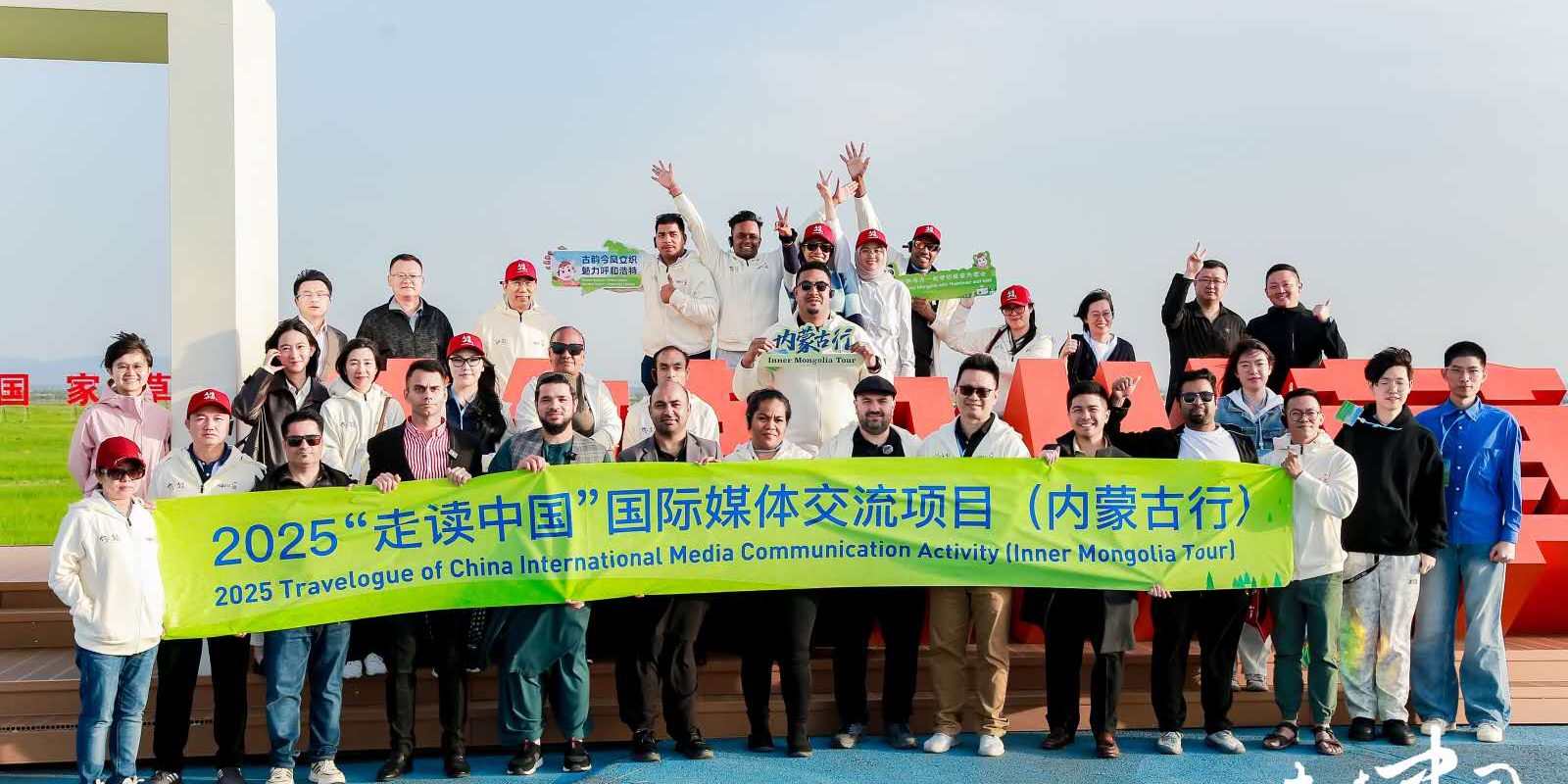INTERNATIONAL journalists on a three-month study tour in China are currently visiting Inner Mongolia as part of the 2025 “Travelogue of China” International Media Communication Activity to enable them to present a “vivid and real” picture of this Chinese autonomous region and China as a whole to their respective countries and the world.
The five-day visit commenced Monday 12 May and will conclude Friday 16 May.
The journos spent the first two days in the Inner Mongolia capital, Hohhot City, visiting various state-owned business enterprises, and now doing the same in Ulanqab City.
The visit, jointly hosted by China Public Diplomacy Association (CPDA), Cyberspace Administration of China and Huanqiu.com, marks the commencement of the 2025 “Travelogue of China” International Media Communication Activity.
At the launching ceremony in Hohhot on Monday afternoon, CPDA President Wu Hailong said, “It is my great pleasure to gather with you in my hometown, Inner Mongolia, for the launch ceremony of the 2025 “Travelogue of China” International Media Communication Activity.
“On behalf of the CPDA, I would like to express my heartfelt gratitude to the relevant organizations of Inner Mongolia Autonomous Region and Hohhot City, as well as the Inner Mongolia Yili Group, for their strong support and meticulous arrangements for this event. I also thank the Cyberspace Administration of China and Huanqiu.com for their efforts in organizing this activity.”
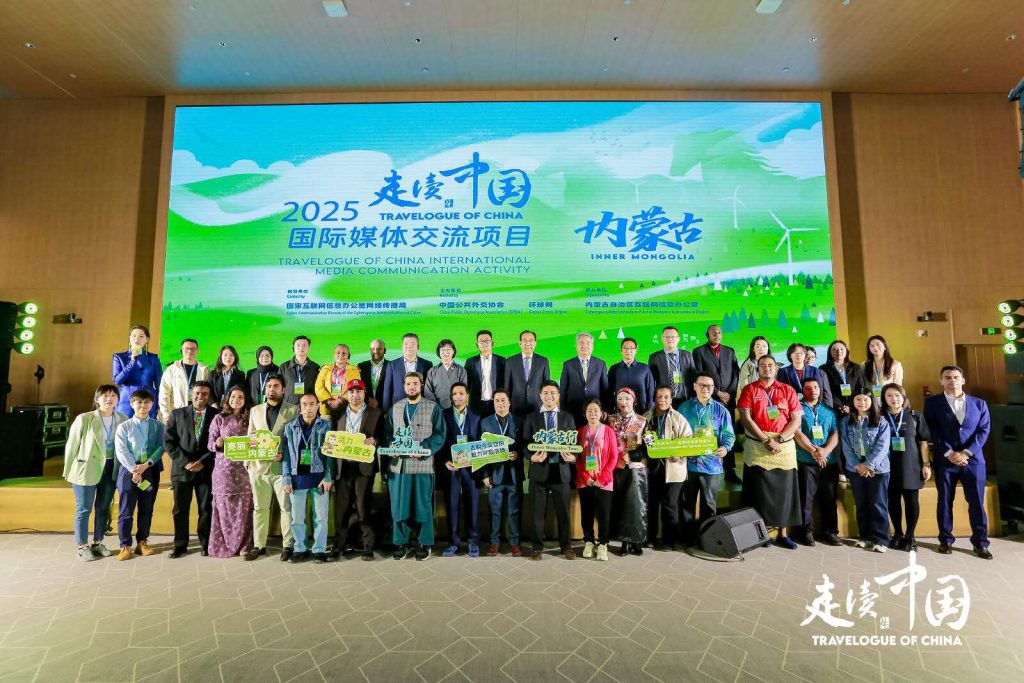
“The Travelogue of China aims to provide friends from the media with an opportunity to observe, understand, and interpret China for others to gain deeper insight into this country,” Wu said.
Wu said Inner Mongolia was chosen for this year’s “Travelogue of China” International Media Communication Activity, not only because it shares commonalities with other parts of the China, but has unique characteristics that set it apart.
“Like other regions, Inner Mongolia has kept pace with the times, developed in parallel with the rest of the country and achieved remarkable success, but the same time possesses distinct features and charm.
“Inner Mongolia is an important part of Chinese civilization, a place where grassland and farming civilizations blend and learn from each other. It boasts vast grasslands, flocks of cattle and sheep, and magnificent scenery.
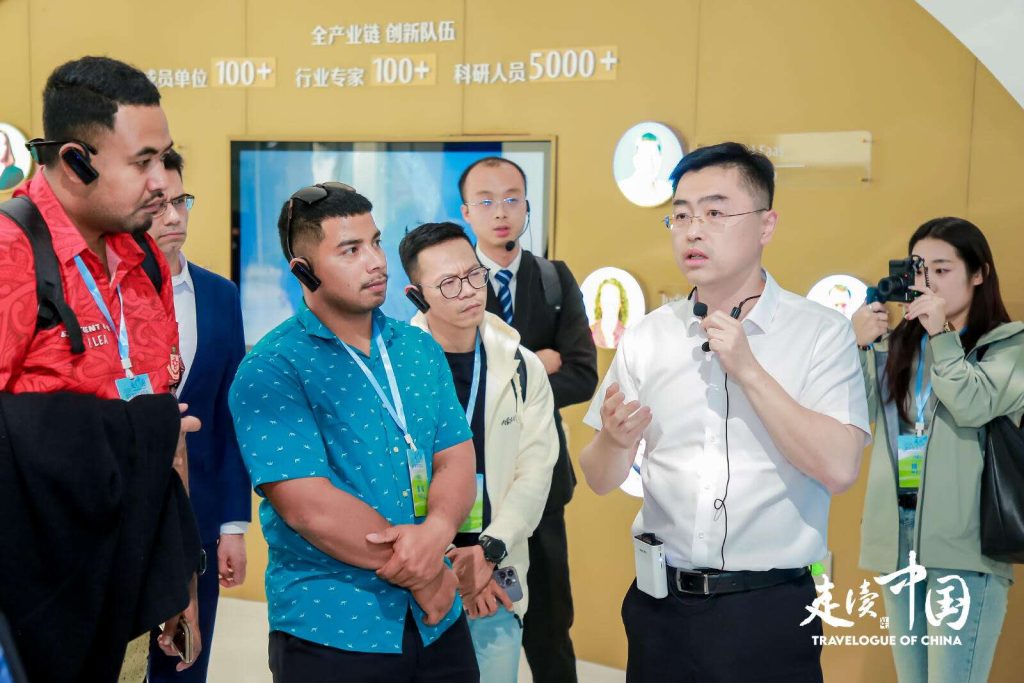
“It is endowed with abundant resources, ranking among the top in China in wind, solar, coal, and rare earth resources. Notably, Inner Mongolia ranks first in the country in new energy power generation—something that might surprise many.
“Despite being one of the regions with the most concentrated desertified land, severe sand hazards, and fragile ecosystems in China, it has achieved a sound balance between desertification control and high-quality development through years of unremitting ecological governance, becoming a Chinese Solution and a global model,” Wu explained.
“Inner Mongolia’s capital, Hohhot City is home to two global dairy giants Yili and Mengniu, which have expanded their reach globally and we have arranged for you to visit.
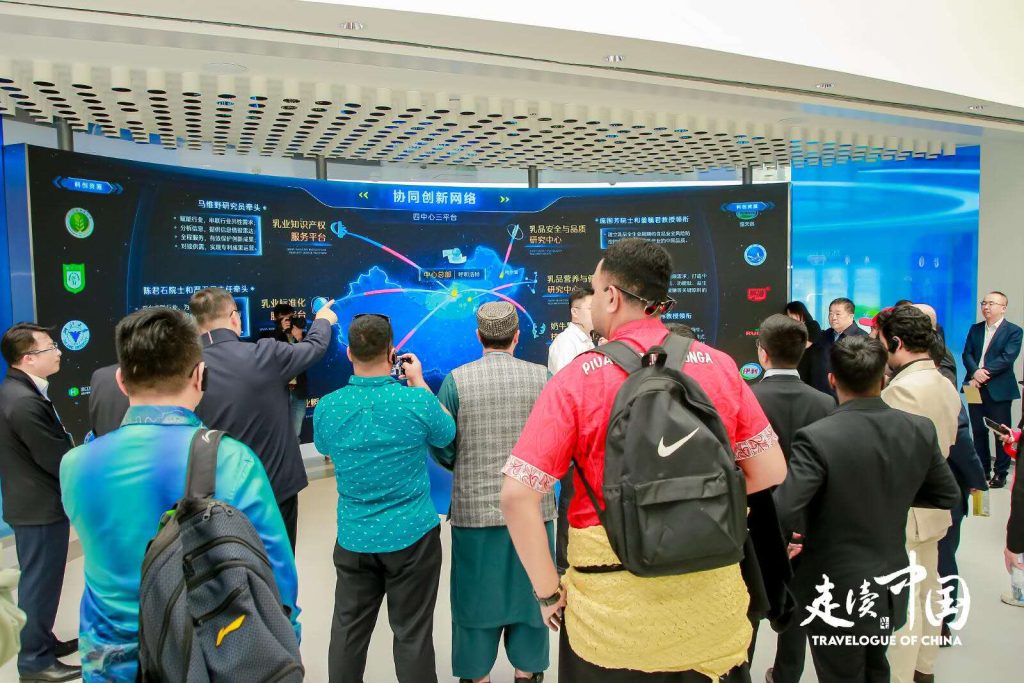
He said Hohhot City’s Helingeer New Area Known as “China’s Cloud Valley,” hosts major engineering projects such as China Telecom’s Cloud Computing Information Park and Huawei Cloud Data Center, which the international journos would also visit
Wu said Inner Mongolia also boasts Ulanqab City, which is renowned as “China’s Potato Capital,” ad the international journos would also have the opportunity to tour potato processing enterprises in Ulanqab.
He said the Ulan Hada Volcanic Cluster in Ulanqab, which the international journos would also tour, is a unique and magnificent natural wonder, with some special geological landscapes that make it a natural “volcanic museum”.
“You are no stranger to the China-Europe Railway Express. During this trip, we will arrange a visit to the China-Europe Railway Express zone and international logistics area in Ulanqab to showcase how Inner Mongolia serves as a link connecting China to the world.
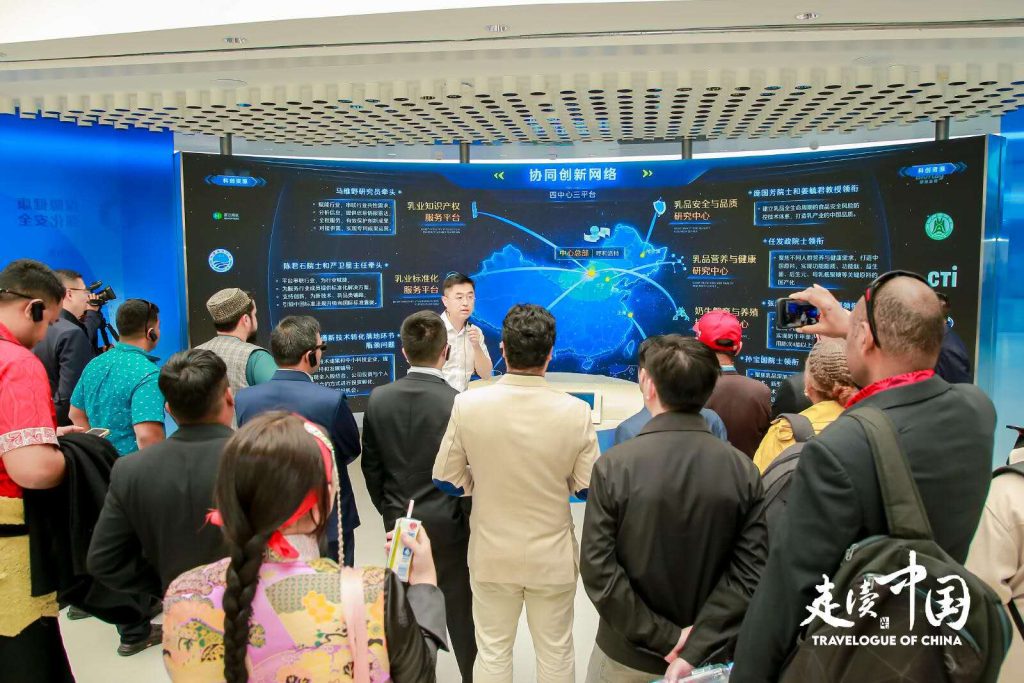
“Additionally, you will experience the region’s unique ethnic customs and witness the unity and progress of all ethnic groups, well as the strong sense of community for the Chinese nation.
“Inner Mongolia has countless wonderful places and things to see. As a native of Inner Mongolia, I am deeply proud! Unfortunately, with only a few days here, we can only arrange visits to a limited number of locations and projects,” Wu added.
Wu expressed hope that the international journos will make the most of this opportunity to see the “vivid and real” Inner Mongolia with their own eyes and personal experience what it is like and objectively introduce this region to the people of their respective countries and the world.

The state-owned enterprises the international journos visited in Hohhot City included Yili Modern Intelligent Health Valley, Inner Mongolia Data Exchange Center, AI Experience-Yungu Exploration Port, International Sculpture Park and Fresh Milk Station, M-Grass and Chilechuan Grassland.
- The Yili Modern Intelligent Health Valley is a key project aimed at boosting industry-driven full chain development, empower smart city through digital innovation and lead the integration of industry and city with green initiatives to build a “Dairy Silicon Valley”, and usher in a new era of integrated urban and industrial development. Yili is one of the world’s top five dairy enterprises, and the largest in Asia.
- The Inner Mongolia Data Exchange Center is the autonomous region’s sole designated platform for data transactions. As a key infrastructure project that supports the development of data element market and digital economy, the center offers a wide range of services, including authoritative data transaction registration, widely recognized data trading, automated matching for data products, leading technologies for data circulation, integrated computing resource transactions and comprehensive operational management.
- The AI Experience-Yungu Exploration Port is a cutting-edge digital exhibition space with sections on aerospace, campus safety, national defense and military affairs and virtual reality. By offering science and technology study tours, digital tourism and immersive experiences, the port shows digital forms of cultural products, projects and business models such as “cultural tourism + education”.
- The International Sculpture Park exhibits classic sculptures by Chinese and foreign artists, as well as 100 selected works. The park design is centered on the theme of “Northern Frontier Culture”. The overall architecture type is modest with 37,000 square meters of green coverage. Grass is planted on the rooftops and surrounding areas. From a distance, the buildings appear to rise organically from the grasslands.
- M-Grass provides high quality products and innovative technical services for ecological restoration and grass seed production relying on the dual strengths of indigenous germplasm resources and ecological big data navigation. The company operates more than 30 national and provincial scientific research platforms, including the National Engineering Technology Research Center for Wind Erosion and Desertification Control under the National Forestry and Grassland Administration (NFGA) and the Key Laboratory for Cultivated Land Fertility Protection and improvement in Agro-Pastoral Ecotones under the Ministry of Agriculture and Rural Affairs. The company has built an integrated industry system for the conservation, breeding, propagation of indigenous germplasm.
- The Chilechuan Grassland, also called “Ten Thousand-Mu Grassland”, was the main venue for the celebration of the 70th anniversary of the founding of the Inner Mongolia Autonomous region. Here, visitors can enjoy vast green pastures and visit the Hohhotara Conference Center, which is housed in the largest yurt in China.
By DELI-SHARON OSO
In Inner Mongolia, China

